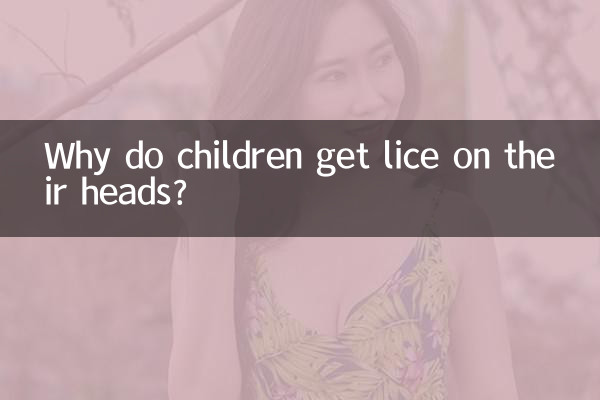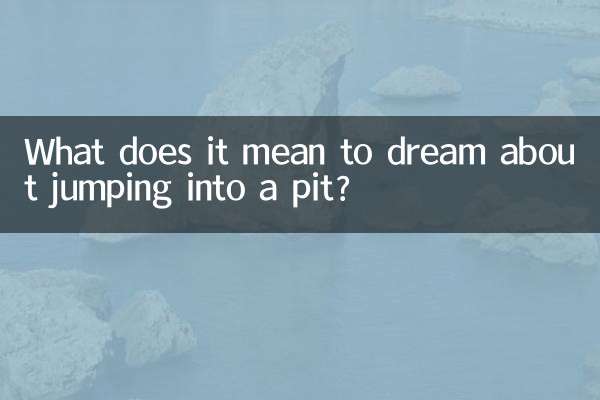Why do children get lice on their heads?
Recently, the topic of children's health has triggered widespread discussion on social media, and "why do children have lice on their heads" has become one of the hot questions. Lice are a common parasite that spreads quickly, especially among children. This article will analyze the four aspects of lice transmission routes, symptom manifestations, preventive measures and treatment methods, and combine the hot data of the entire network in the past 10 days to present relevant content in a structured form.
1. How lice are transmitted

Lice are mainly spread through direct contact, especially in places where children gather (such as schools and kindergartens). Here are the main ways lice are spread:
| Transmission route | Specific performance |
|---|---|
| direct contact | Head-to-head contact, sharing combs or hats |
| indirect contact | Shared towels, pillows, sheets, etc. |
| environmental communication | Contact with contaminated objects in public places, such as playgrounds |
2. Symptoms of lice
When a child is infected with lice, he or she will usually have the following symptoms. Parents need to observe and take measures in time:
| symptom | describe |
|---|---|
| Itchy scalp | Lice bites can cause intense itching |
| Lice or eggs visible to the naked eye | Lice are gray-white in color, and their eggs (lice) are attached to the hair roots. |
| Red and swollen scalp | Frequent scratching may lead to skin infection |
3. How to Prevent Lice Infection
The key to preventing lice is to reduce the chance of contact transmission. Here are some preventive measures parents can take:
| prevention methods | Specific operations |
|---|---|
| Avoid sharing items | Do not share combs, hats, or hair accessories with others |
| Check your hair regularly | Check your child's scalp at least once a week |
| Keep hair clean | Wash your hair frequently and use anti-lice shampoo |
| educate children | Inform children to avoid head-to-head contact |
4. Treatment methods for lice
If a child has been infected with lice, parents should take timely treatment measures. The following are common treatment methods:
| Treatment | Operation steps |
|---|---|
| Use a lice comb | Comb your hair with a fine-toothed comb to remove lice and eggs |
| drug treatment | Use a shampoo containing pyrethrin or malathion |
| high temperature cleaning | Use hot water (above 60℃) to wash clothes and bedding |
| Home disinfection | Thoroughly clean your home environment to avoid reinfection |
5. Analysis of hotspot data across the entire network
According to social media and news reports in the past 10 days, the discussion about "lice on children's heads" mainly focuses on the following aspects:
| focus of discussion | Heat Index (1-10) |
|---|---|
| Prevention of lice transmission | 8.5 |
| How parents can deal with lice infestations | 7.9 |
| Should schools strengthen health management? | 9.2 |
| Natural remedies vs chemical drugs | 6.8 |
Summarize
Although lice infestations are not fatal, they can cause inconvenience to your child's daily life. Parents should be vigilant to reduce the spread of lice through prevention and timely treatment. At the same time, schools and families need to work together to create a more hygienic living environment for children. If you find that your child is infected with lice, don't panic. Follow scientific methods to effectively solve the problem.

check the details

check the details